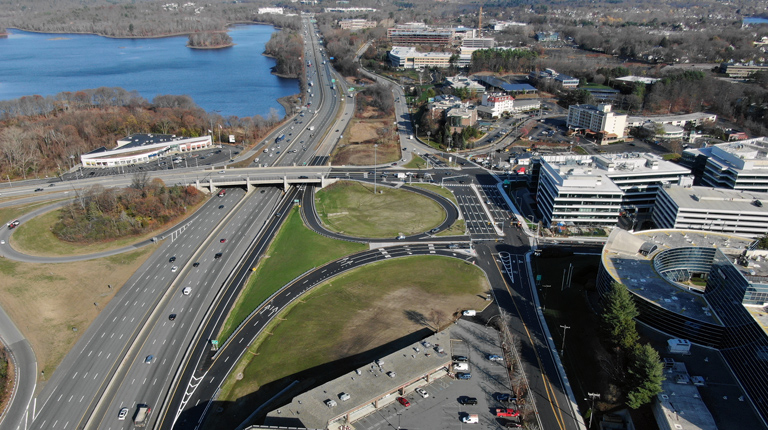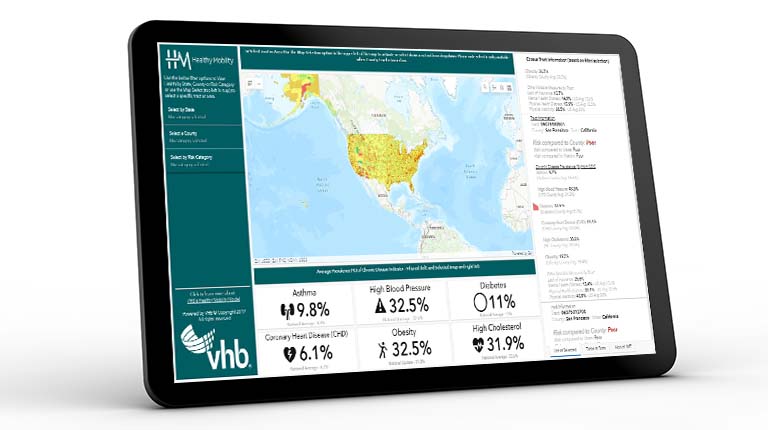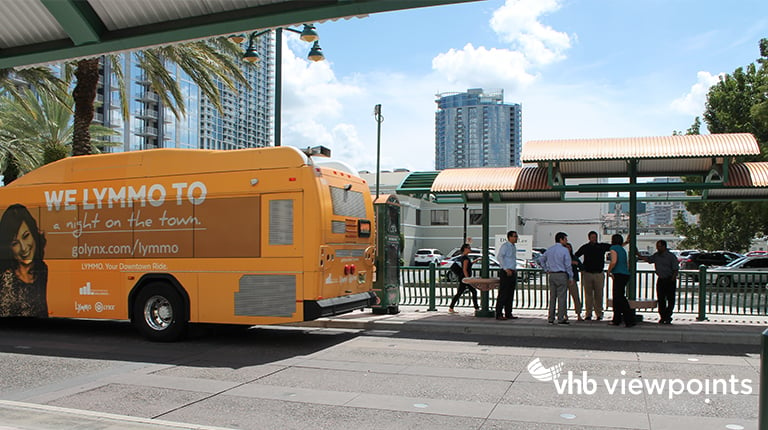Big data and technology are imperative to decision-making that supports healthier communities—increased physical activity, enhanced safety, access to transportation, and housing options. VHB’s innovative Healthy Mobility Model (HMM) helps planners and decision-makers conduct health risk assessments and evaluate the relationships between health outcomes and the social and environmental determinants of health in communities.
VHB developed the Healthy Mobility Model as a methodology to assess the correlations between land use, urban design, transportation, and public health outcomes. It leverages big data, spatial analysis, and statistical techniques to help clients make smart decisions related to physical improvements or interventions, as well as policy changes, that can contribute to better health outcomes. The scalable tool can be utilized from neighborhood and corridor planning to long-range regional transportation visions.
The model establishes a baseline health risk assessment identifying health outcomes and the social and environmental determinants of health. The strengths of the relationships between these factors are assessed by creating a model that evaluates population health patterns together with demographic, socioeconomic, environmental exposure, urban design, and resource accessibility. This assessment, or community health profile, eliminates intensive and time-consuming surveying while identifying and prioritizing improvements.

Understanding the relationship between health, transportation, and the built environment is critically important. VHB is committed to planning and designing communities in a way that makes it easier for people to live healthier lives. Using tools like the Healthy Mobility Model allows for holistic thinking around each project and supports sustainable solutions that consider social, environmental, and economic impacts.


